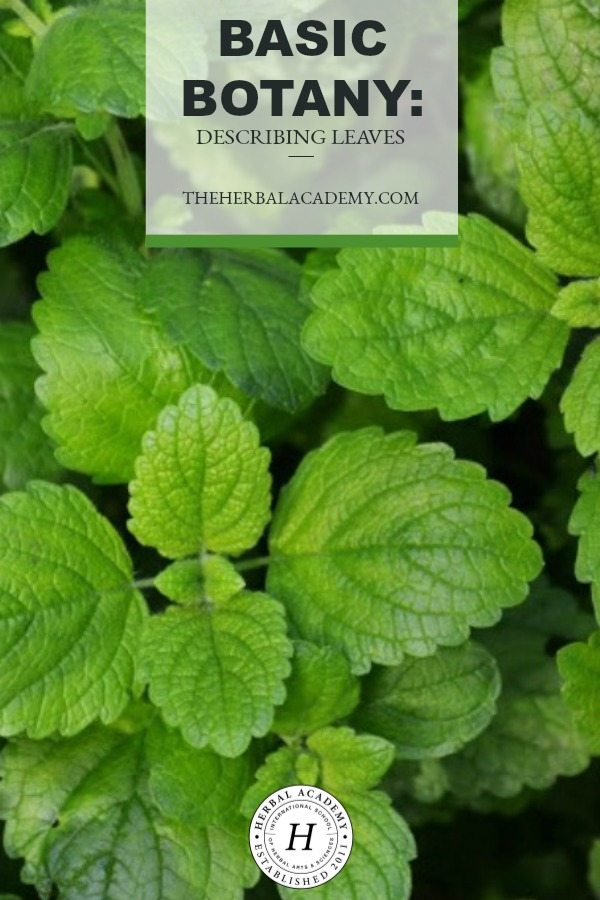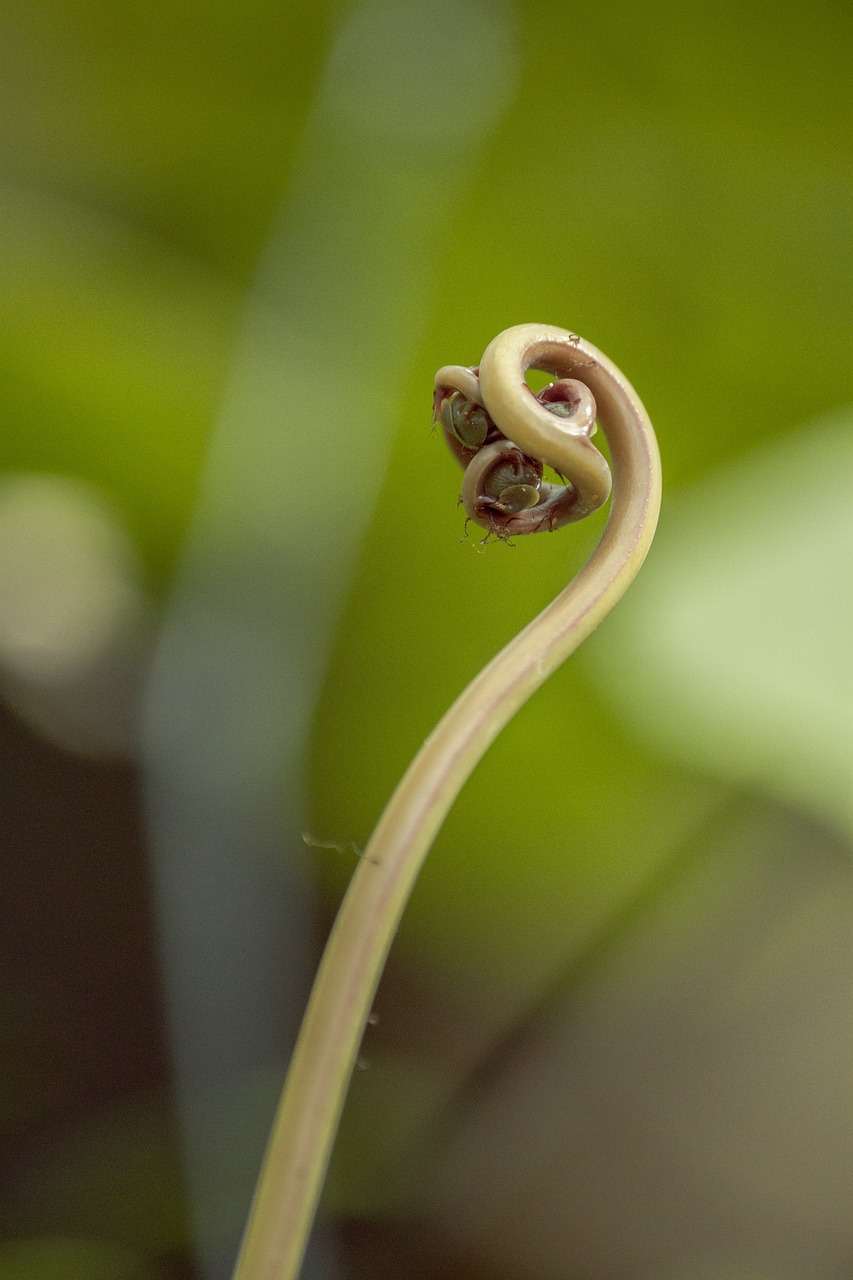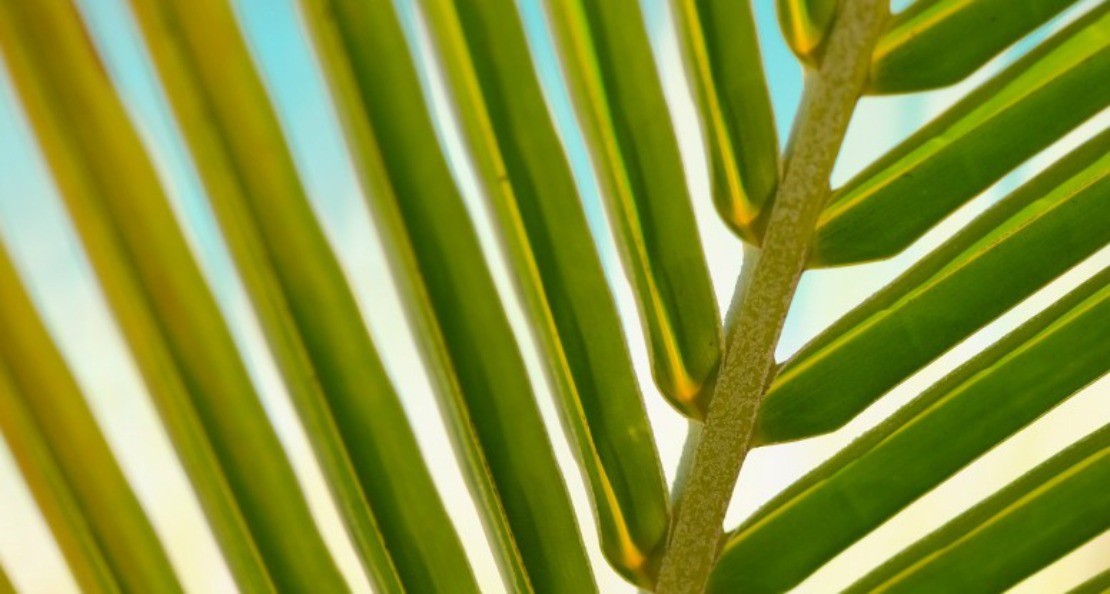
Basic Botany: Describing Leaves
There’s a lot going on in a leaf. Thousands of chemical reactions occur in each one as part of photosynthesis – the process plants use to turn sunlight into energy. Each plant develops their own unique blend of ingredients from sunlight, water, and the nutrients they pull from the soil. The unique makeup of each plant gives it distinct benefits by making it more resistant to pests or better able to cope with disease outbreaks, and it just so happens that these properties can also be beneficial to humans.
These beneficial components are highly concentrated in the leaves of some plants, although others may be stored in the bark, roots, seeds, or flowers. Herbalists rely on the leaves of plants like mint, lemon balm, and sage for their healing properties, but we also rely on leaf shape as one of the ways to identify a plant. The terminology can seem a little confusing at first, but once you realize that each leaf is made up of distinct zones that are being described, it all starts to make sense.
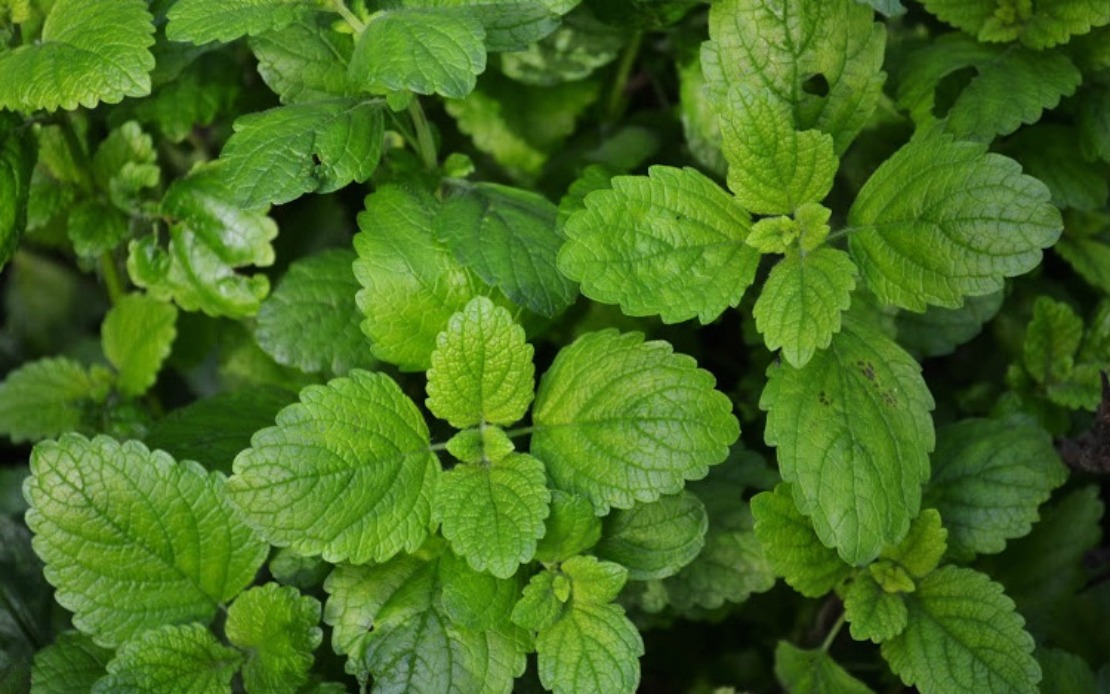
First, there is the blade. Most leaves have a stem (or petiole) that attaches the leaf to the rest of the plant. The petiole sometimes extends into the leaf and divides the leaf into two equal halves, and when it does it’s called the midrib. The thin “leafy” portion on either side of the midrib is called the blade.
The base of the leaf is the portion where the petiole comes out to attach the leaf to the rest of the plant, and the apex is the other end – the tip of the leaf.
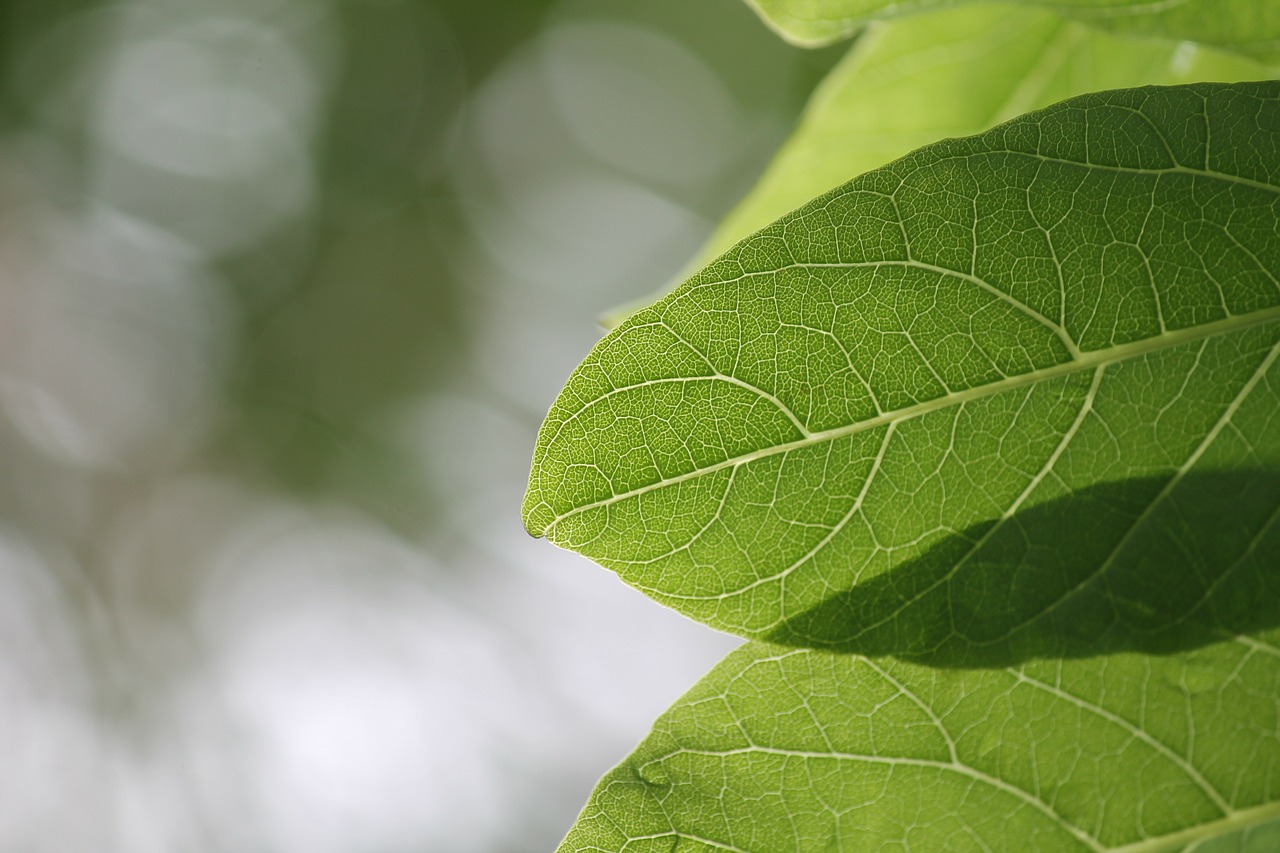
Shape of the Leaf
Many different terms exist to describe the shape of a leaf, but here are some of the most common ones you will come across.
- Cordate: Heart shaped, with a sharp tip at the apex and the petiole coming out between the rounded parts of the heart at the leaf base.
- Elliptical: Longer than wide, but tapers at both ends.
- Lanceolate: Longer than wide, but tapers smaller at the apex.
- Linear: narrow and the same width at both ends
- Ovate: Egg shaped and widest at the base
There are a few special terms to describe unusual shapes of the base and apex, too.
- Acuminate: an apex that tapers to a long, thin point.
- Sagittate: a base that looks like the base of an arrowhead.
- Truncate: a square base
Also, a leaf can be either simple or compound. A compound leaf has smaller leaflets that connect to the midrib with stems of their own, while a simple leaf is made up of a single blade.
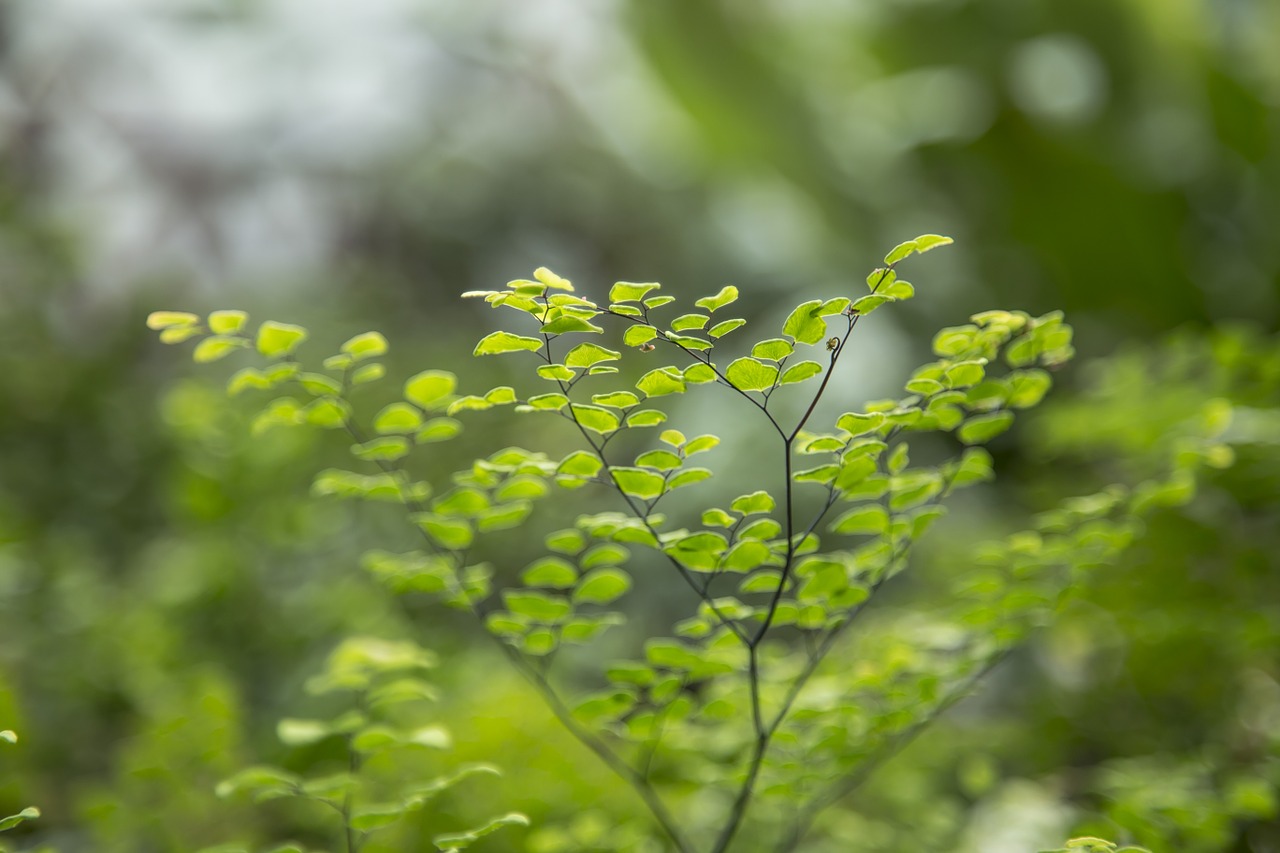
The Edges of the Leaf
The edges of the leaf, which are called the margins, provide more important clues to help identify the plant. If the margins are smooth, the leaf is described as “entire.” If there are “teeth” or notches along the edge, though, there are a few different ways to describe them.
- Cleft: rounded shapes with notches more than halfway to the midrib
- Crenate: small, rounded teeth
- Dentate: sharp “teeth” that point outward
- Entire: a smooth margin with no teeth, notches or other textures along the edge of the leaf.
- Incised: margin cut with irregular teeth that may have deep notches toward the midrib
- Lobed: rounded shape with notches less than halfway to the midrib
- Serrate: teeth that point toward the apex
- Sinuate: A wavy edge, larger than crenate and not as pronounced as lobed or cleft.
How Leaves Attach to the Stem
The next clue to look at is how the leaves attach to the stem of the plant. The place where the petiole meets the stem is called the node. A node can have more than one leaf or only a single leaf.
- Alternate: A single leaf at each node. A leaf on the left with nothing across from it, then a leaf on the right a little above or below.
- Opposite: two leaves at each node, one on the left and one on the right and directly across from each other.
- Rosulate: A cluster of leaves at the base of the plant that form a rosette pattern. Usually, these have very short nodes and petioles.
- Whorled: leaves that form a circle at regular points along the stem.
As you can see, basic botany is a wonderful door to open during your herbal studies. A little basic botany goes a long way to help us understand our herbal allies and make positive identifications when we are working with new plants. Hopefully, now you will feel comfortable describing and identifying the leaf shapes you encounter, and maybe you will feel inspired to venture deeper into botany on your own!
To continue your reading, enjoy a free lesson from the Introductory Herbal Course covering Plant Identification Basics (including the key below). Also, don’t miss our Introductory to Herbs for Kids lesson on botany for some helpful plant ID visual aids – for kids and adults!
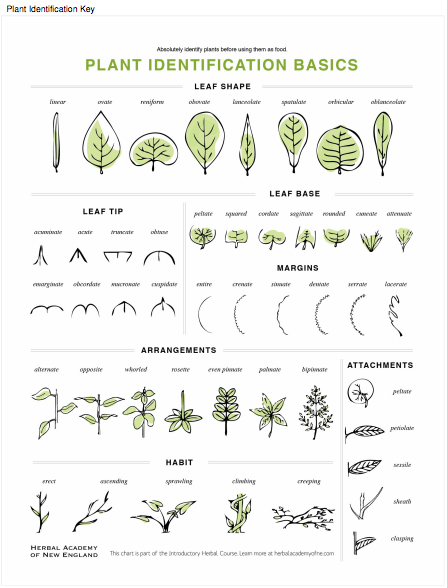 Error, group does not exist! Check your syntax! (ID: 5)
Error, group does not exist! Check your syntax! (ID: 5)
